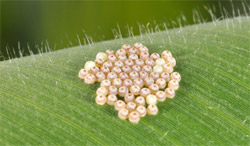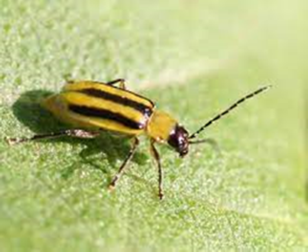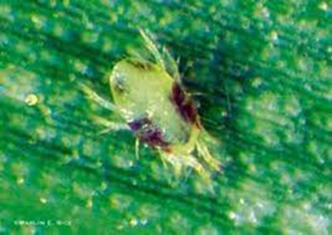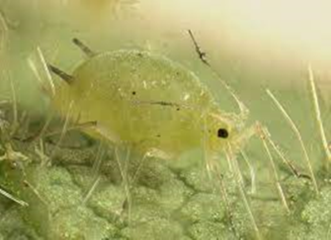Written by: Clayton Dietz, Crop Specialist with Midwest Co-op
Wow did this past winter ever bring in some mild weather conditions! With the mild winter, this could have promoted an increase in the survival of more insects, diseases, and weeds. That being said, there are four major pests that I would say to watch out for in this coming growing season.
Corn Pests:
Western Bean Cutworm (WBC). Whether you are taking the corn off for silage or for grain, WBC can cause harm to both the quantity and quality of your harvest. You can identify this pest by scouting your fields come tassel time and silking. What you will be on the search for is eggs laid on the upper side of the corn leaves, close to the newly emerged reproductive sites (tassel and silks). When you identify 5% or more of the corn plants with either larvae or egg masses on them, it is time to ask your agronomist about control measures. Essentially, the WBC larvae are the most detrimental as they can lower the amount of kernels to be pollinated, and they can also create access points for disease to infect your crop.

Western Bean Cutworm Eggs.
Photo Credit: J. Obermeyer – Purdue University
Corn Rootworm (CRW). There are two types of CRW, Western and Northern. The colours of these two beetles are yellow + black or green respectively. These beetles lay eggs which over winter in the soil, eventually hatching in the spring when the soil temperature reaches 10°C. Once hatched, the larvae then feeds on the planted corn roots for 3-4 weeks. This causes season long headaches, and can take a significant chunk of change out of your pocket. When the larvae feed on the roots and nodal roots, it causes poor nutrient uptake, and loss of structural integrity of the stalk. What you should be looking for at this point in time is possible goose-necking or lodging of your corn. Another thing you will start to see is the beetles feeding on the silks. You should take note of the field so you can manage this in the future.

Western Corn Rootworm Adult.
Photo Credit: Kansas State University.
Soybean Pests:
Two-Spotted Spider Mite. These 8-legged mites are hard to see but are yellowish-orange and somewhat translucent. They have piercing mouthparts that suck the contents out of leaf cells, ultimately making the soybean leaves appear to have white or yellow spots on the upper canopy, and looking bronze in severe cases. Under hot, dry conditions, spider mite populations can increase rapidly over a short period of time. When scouting, you will want to begin around field edges as they can survive on over 300 host plants. Two-spotted spider mites survive the winter as eggs on plant debris. From egg to adult, it takes these little creatures 1-2 weeks for full development, and they can have multiple generations per year which allows for them to resurge at a rapid rate if not controlled correctly.

Two Spotted Spider Mite.
Photo Credit: Marlin E. Rice – Iowa State University.
Soybean Aphid. One of the most prevalent insect pests of soybeans in Ontario. These insects are small, light yellow-green, and have black cornicles on their back. These aphids also have piercing/sucking mouthparts that suck the sap out of the soybean leaves. When this happens, plants can appear shrunken in (dried out) or stunted, ultimately, reducing pod and seed production. What you should look for first is aphids on the underside of the uppermost emerging leaflet. In more severe cases, there will be patches throughout a field with 250+ aphids per plant. A major thing to note here is that there are many beneficials that will take care of aphid problems, so be sure to wait for the control threshold.

Soybean Aphid.
Photo Credit: Wikipedia.
There are thresholds that should be met before any control of these insects is taken. Please, if any of these insects are noticed, reach out to your local agronomist.
